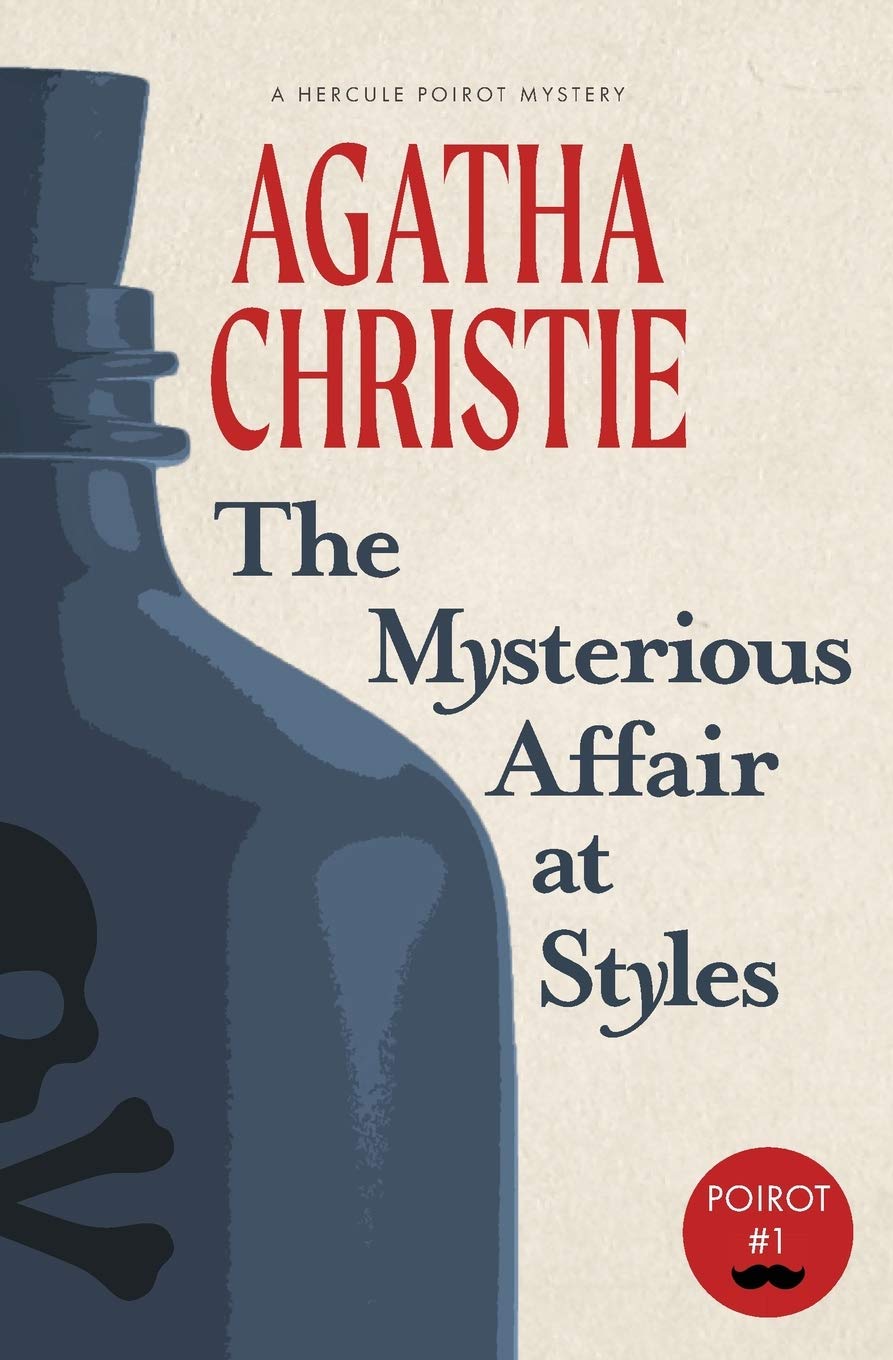CHAPTER VI — THE INQUEST
byChapter VI begins as the inquest into Mrs. Inglethorp’s death casts a formal light on the mystery, with Hercule Poirot already deep in his own meticulous investigation. From the outset, it becomes clear that while facts are being publicly laid out, not all truths are being fully understood. Hastings observes the events with a growing sense of exclusion, feeling distanced from Poirot’s private insights. When he learns that Alfred Inglethorp has been visiting a nearby farm, it triggers renewed doubts about the man’s honesty. The visit seems unrelated, but its secrecy and timing suggest possible deception. Hastings begins to view the case less as a straightforward whodunit and more as a puzzle of motives, appearances, and concealed intentions.
At the inquest held at the local inn, the inquiry begins with clinical assessments. The coroner confirms that Mrs. Inglethorp died from strychnine poisoning, initiating a series of testimonies that reshape the household’s dynamics in the public eye. Each witness brings partial clarity but also introduces contradictions. Medical opinions strongly discount the possibility of suicide or accidental ingestion, reinforcing that murder is the only likely scenario. Poirot’s earlier testing of the cocoa eliminates it as the delivery method for the poison, narrowing the means of administration. As family members are questioned, their testimonies either reveal tension or highlight inconsistencies. While some seek to protect reputations, others appear less concerned about discretion, complicating the search for truth.
Alfred Inglethorp’s testimony is particularly damaging. The chemist’s assistant claims that he sold strychnine to someone matching Alfred’s description. Inglethorp denies this, insisting it was a case of mistaken identity, but his behavior raises doubts. His explanations seem rehearsed, his tone defensive, and his failure to provide a solid alibi for the night of the murder only deepens suspicion. The coroner and jury seem increasingly skeptical, though Poirot remains composed, watching without interfering. Hastings, on the other hand, grows more convinced that Alfred is hiding something, especially given his prior evasive behavior and the growing list of circumstantial evidence.
The family’s internal struggles begin to surface in more detail. The changing of wills, particularly Mrs. Inglethorp’s apparent plan to revise her estate, fuels speculation about motives. The inquest reveals that legal arrangements were unsettled shortly before her death, implying a financial motive for several individuals. Evelyn Howard’s prior warnings, dismissed earlier as emotional outbursts, now take on a new weight. Meanwhile, Lawrence Cavendish’s behavior during questioning suggests discomfort, but Poirot notes subtle cues that indicate he may not be telling the full story. It’s not just who had motive—it’s who had knowledge of the household routines, and who could act swiftly and without detection.
Detective Inspector Japp’s introduction brings official weight to the investigation. With Scotland Yard now involved, there is an expectation of rapid resolution. Yet Poirot remains characteristically quiet, biding his time, allowing events to unfold while collecting overlooked details. He listens to the language of grief, evasion, and fear. He sees what others dismiss—a clue dropped in a phrase, a truth hidden in a glance. Poirot’s method is not about rushing to conclusions but allowing the evidence to speak once all the noise of speculation fades. While others are drawn to the obvious suspect, he remains alert to the shadow behind the facts.
What emerges most from this chapter is not just the evidence, but the atmosphere of suspicion and ambiguity that permeates every exchange. The inquest does not provide closure; it merely lays bare how entangled the household has become in its secrets. Readers are reminded that in mysteries involving family, appearances can often be masks rather than windows. As Poirot prepares to act on what he has quietly observed, the story shifts from inquiry to confrontation. What lies ahead is not only the identification of the killer but the unraveling of emotional truths hidden under polite silence. The stage is now set not just for resolution, but for the kind of clarity that only Poirot’s mind can bring.

